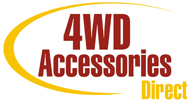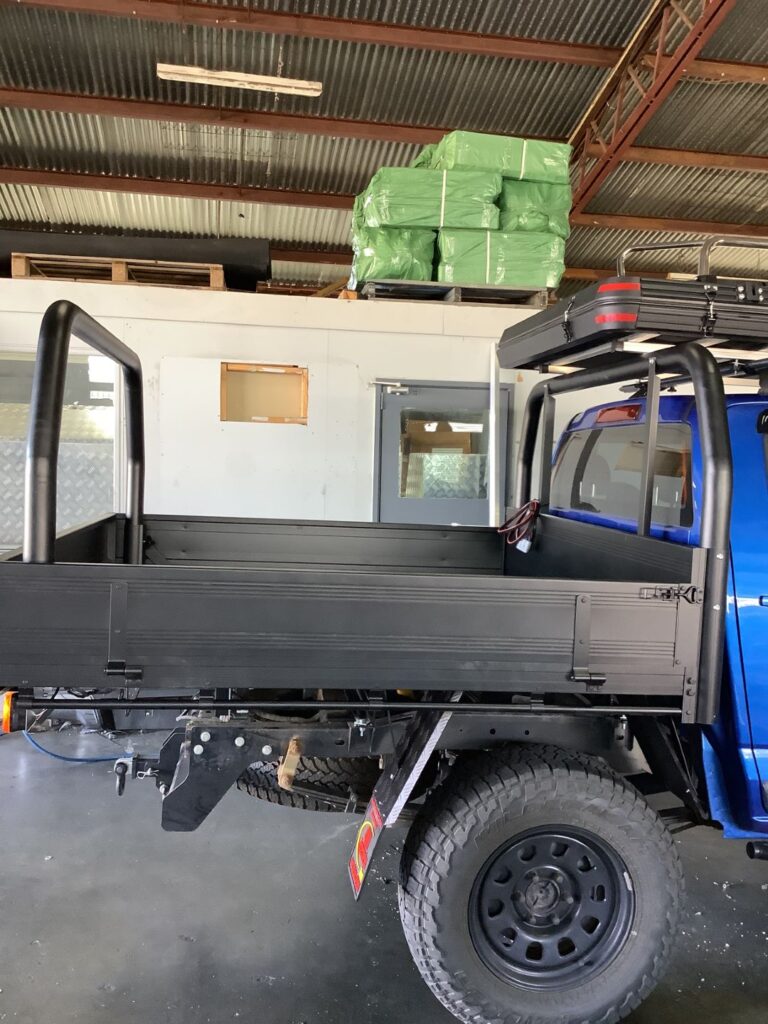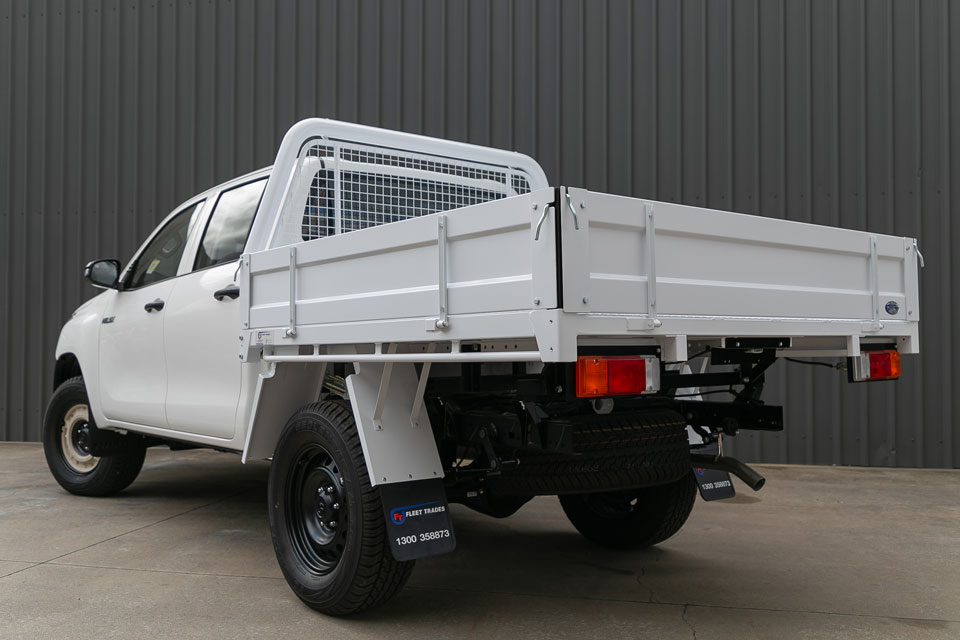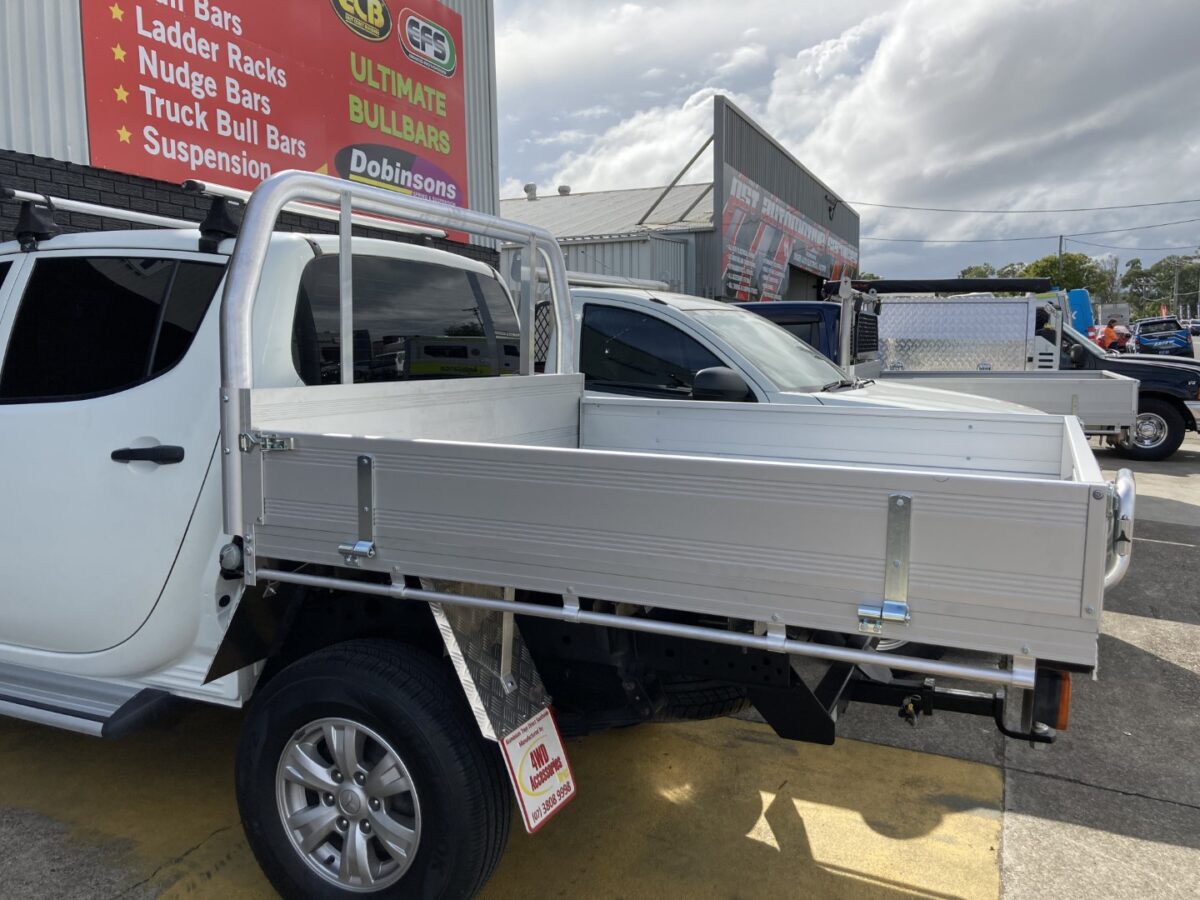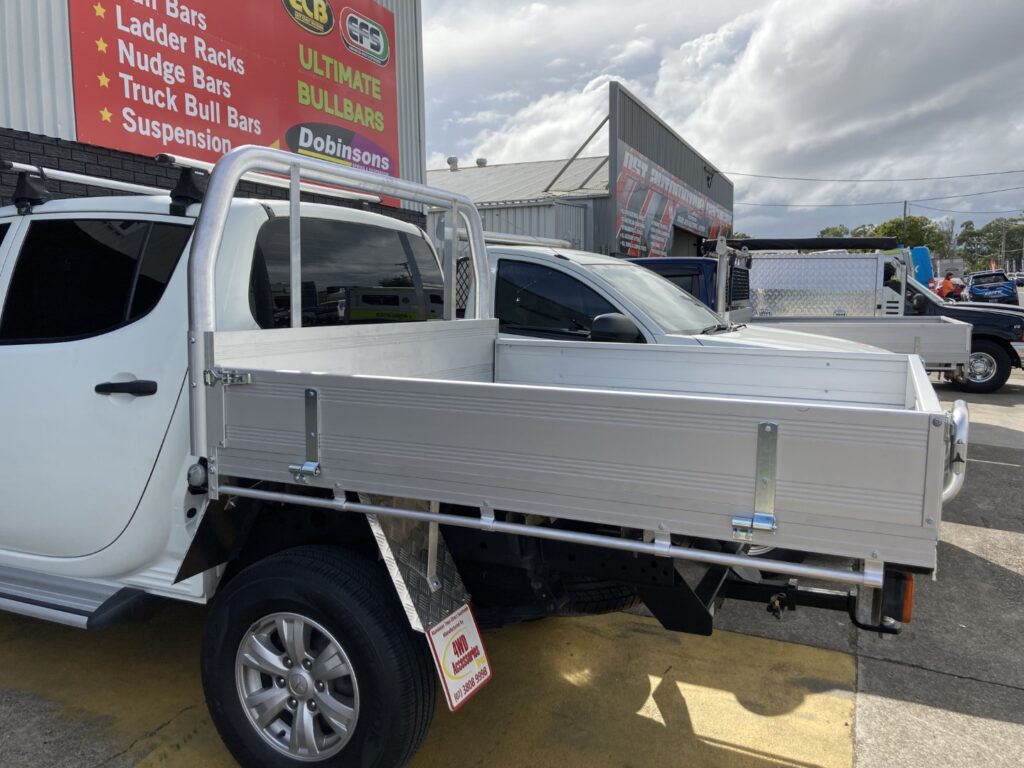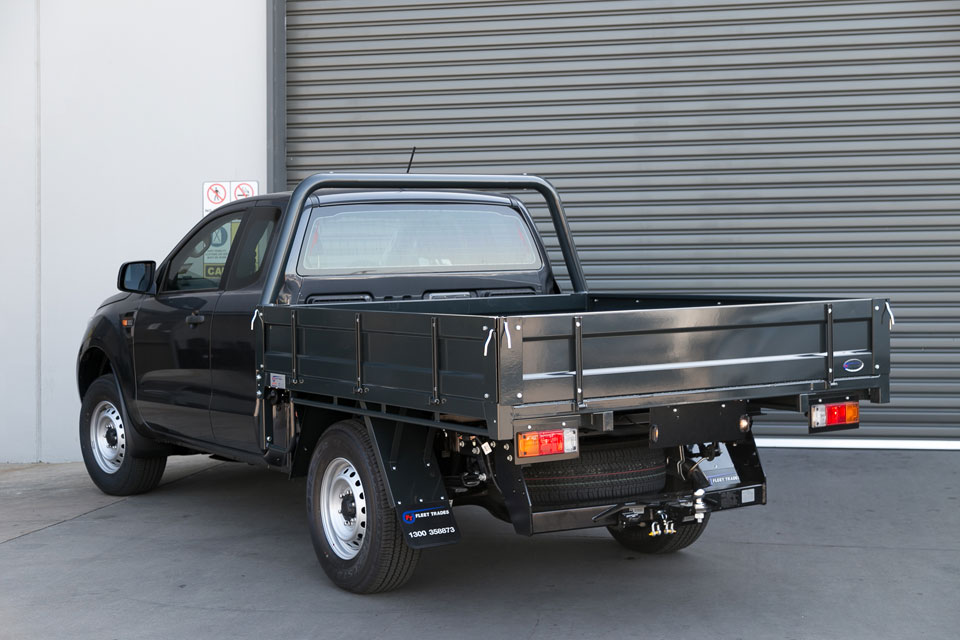When it comes to installing a custom ute toolbox in South East Queensland, there are many options available. Ute toolbox options include options around the size of the toolbox, the configuration of the toolbox, safety considerations and the type of metal they are made from. Perhaps the biggest consideration is the type of metal your ute toolbox is made from, which we will examine in this article.
Ute toolboxes are predominantly made from two types of metal; aluminium and steel. These two types of metal both have advantages and disadvantages but have remained popular due to their performance. The choice of material for your ute toolbox really revolves around how you will use your ute toolbox i.e. the purpose of your ute toolbox.
So let’s look at both!
Steel Ute Tool Boxes
As the name suggests, steel ute toolboxes are made of steel. Steel is a very strong metal and is ideal when super durability is needed, particularly in very rugged applications. For example, the mining industry in Queensland often uses steel ute toolboxes on their ute trays because they carry around very heavy mining equipment which can damage less dense types of metals if the equipment becomes dislodged or bounces around on the ute tray. Other industries in South East Queensland which use heavy industrial or commercial grade equipment also rely on steel ute toolboxes for their strength and durability.
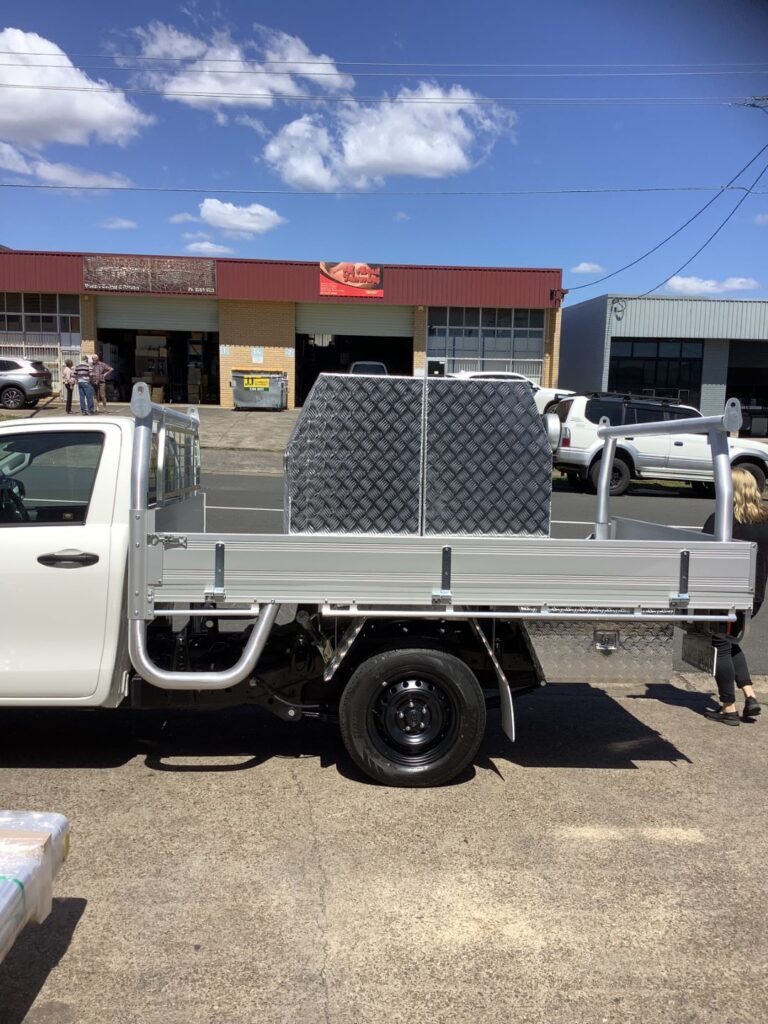
If you work in one of these industries, you will already have a pretty good understanding of the workload, possibly by observing how steel ute trays perform or possibly through trial and error. If you carry around heavy equipment like jackhammers, sledgehammers and sharp poles, then you need your toolboxes to be strong and rugged enough to withstand regular high impacts and mitigate against your toolboxes becoming damaged.
Despite their strength, steel ute toolboxes have their disadvantages, in particular increased weight, weight-related increased fuel consumption, mechanical wear and tear and of course corrosion. Consequently, other types of ute toolboxes can be considered, especially in more urban areas of South East Queensland such as Brisbane and the Gold Coast.
Aluminium Tool Boxes
Aluminium toolboxes are made from aluminium. Aluminium is a very lightweight silvery metal. In its purest form, it is very soft and malleable and not what you would expect a ute toolbox to be made from. However, by mixing aluminium with other types of metals to form an alloy, different grades of aluminium can be created with very useful properties. Manufacturers of ute toolboxes have capitalised on the properties of aluminium alloys to deliver aluminium toolboxes to the South East Queensland market.
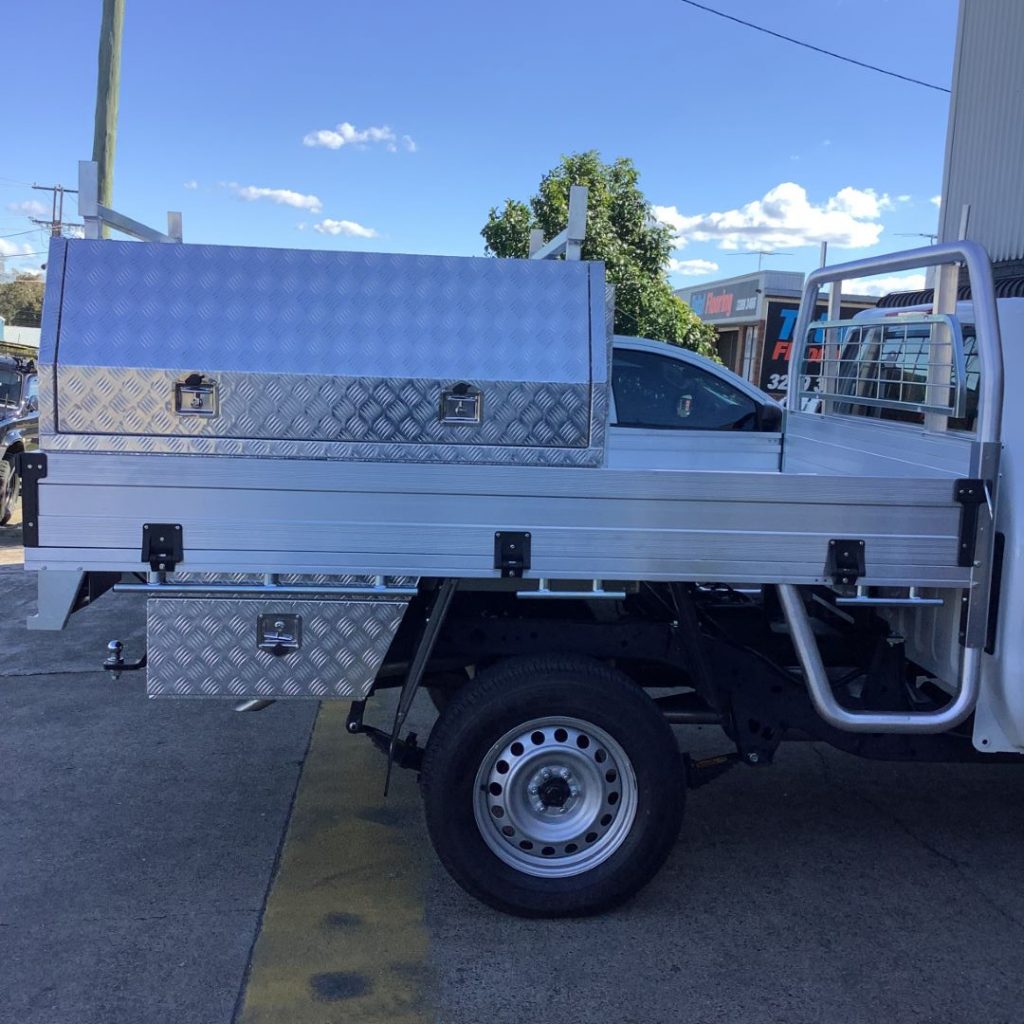
Perhaps one of the most attractive features of aluminium ute toolboxes is their weight. Aluminium ute toolboxes are very lightweight which provides obvious benefits, reducing the kerb weight of your ute and increasing its capacity. The weight is also very important in terms of access to your ute tray or ute canopy. If your ute has drop-down sides, imagine the difference in weight just putting the sides of your ute tray up and down! Over the course of a day or a week, the amount of lifting would really add up and could get quite tiring, reducing your ability to do the work that really matters.
Urban areas of South East Queensland such as Brisbane and the Gold Coast are located close to the coast, so it is important to consider corrosion as a factor when choosing between aluminium and steel toolboxes. Aluminium is very resistant to corrosion as it is non-ferrous and rust-free. In South East Queensland it is common for tradies to also use their vehicles as recreational vehicles, with a particular focus towards driving on the beach and sand to access the best fishing, surfing or swimming spots. Exposing your vehicle, ute tray and toolboxes to salt and sea air increase the risk of corrosion. This means aluminium tool boxes, aluminium ute trays and aluminium custom canopies are a clear choice if you want to protect against corrosion while continuing to regularly frequent coastal areas in South East Queensland.
So while metal is a clear choice, there are of course other considerations when deciding which type of metal ute toolbox is best for you. Ultimately it becomes a balancing act and you will need to prioritise the features that best meet your purpose.
Our team at 4WDaccessories Direct has a lot of experience with both steel and aluminium tool boxes, ute trays and custom canopies and have seen first-hand how each performs. Feel free to talk to us about what you need and pick our brains. From concept to completion, we are here to help. If you are in the market for a ute toolbox in South East Queensland, give us a call or better yet visit us in person to see what we can do for you.
Contact us to find your best ute toolbox
